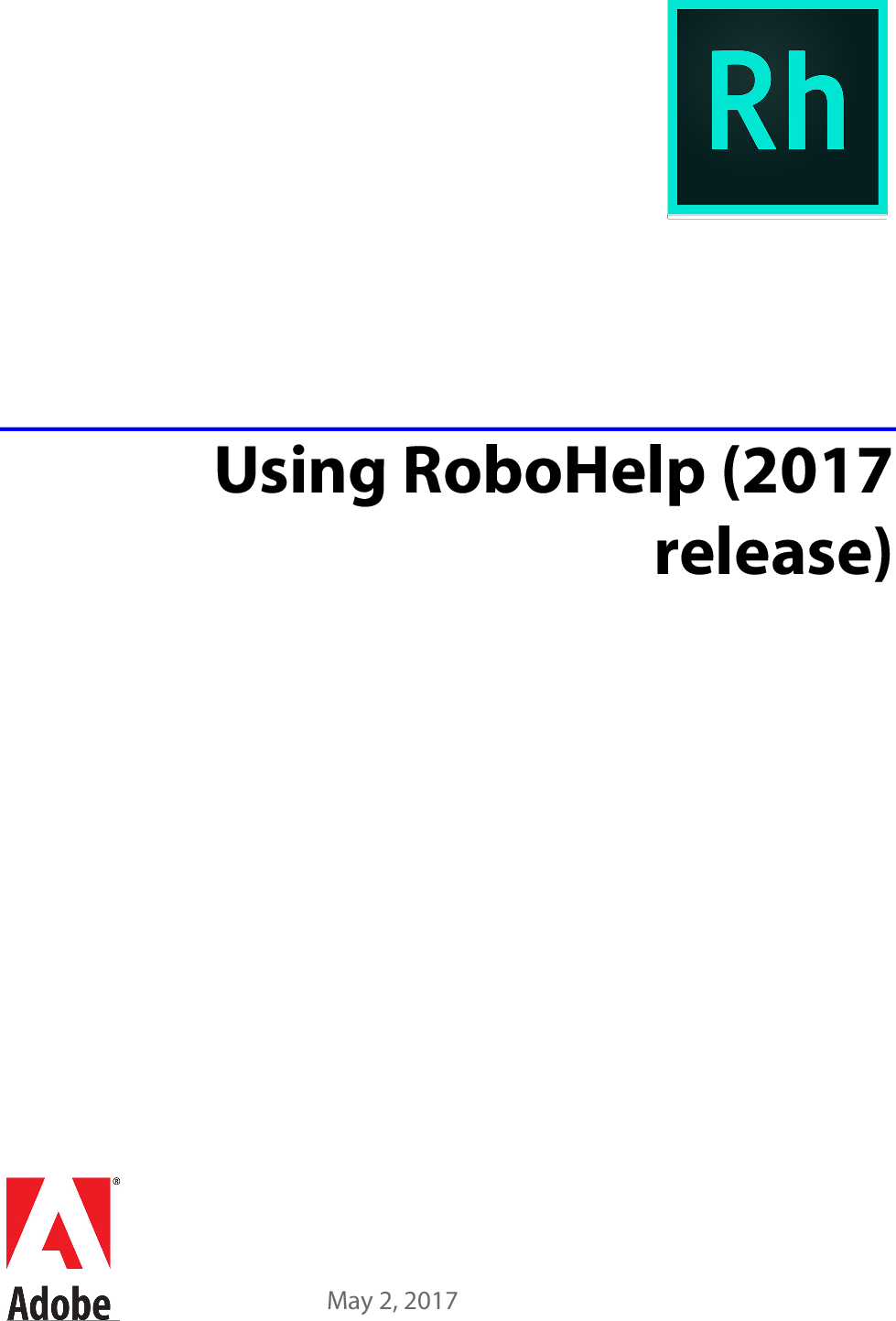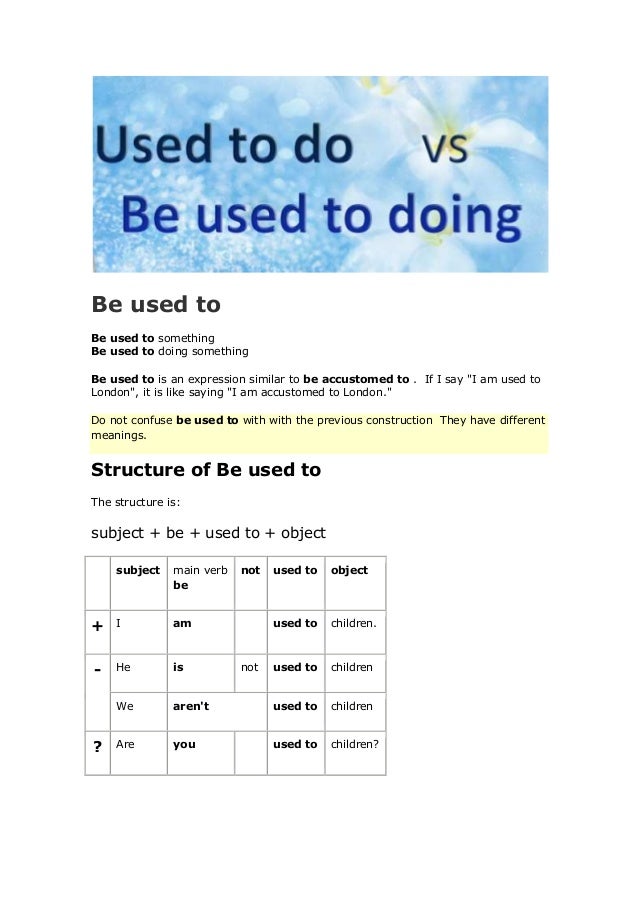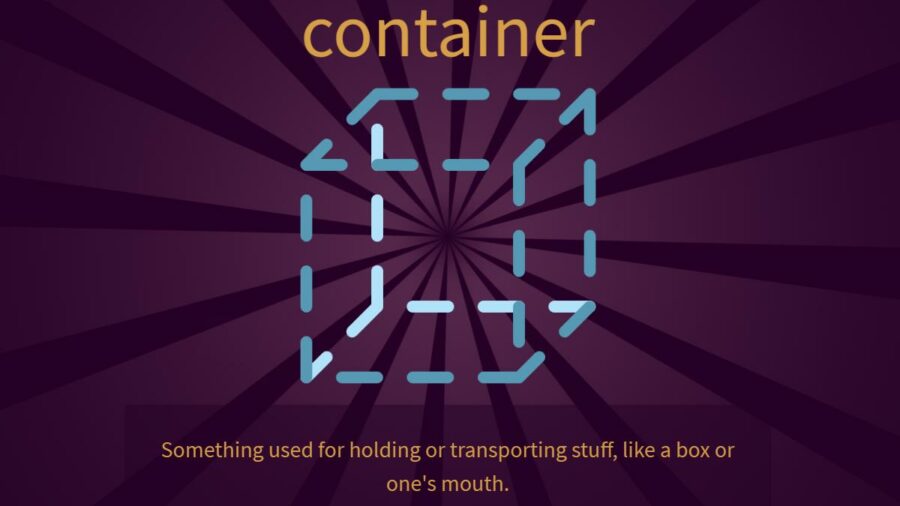He instructed the "buggy test" example, and reminded me to be express about my "postmortem/retrospective" intent in the introduction. Tony Aiuto confirmed me the "pointer encoding" trick that I finally used within the "goto fail" unit test. John Penix reminded me that the "lengthy timers" at Google thought they had been doing every little thing proper pre-testing tradition and double-checked my claims about TAP. Christian Kemper took care to make sure my feedback about Google had been relevant to the time I was there, to keep away from confusion in mild of developments since my departure. Stephen Ng challenged me to clarify exactly what perspective I wished to current and what arguments I needed to make in the introduction, "goto fail", and "Google Retrofitted" sections. Sverre Sundsdal suggested fleshing out the specific principles in the "How Could Unit Testing Have Helped?" sections and underscoring the ability of TAP. Adam Sawyer helped me avoid the potential for unintended political conclusions readers may've drawn from the "goto fail" section. Alex Buccino clarified the RelEng view of automated testing for all RelEng past, current, and future. Rich Martin offered me with the "craftsmanship" paragraph for the "Tools" section virtually verbatim, as properly as the second paragraph of "Partners-In-Crime" and "Increase Visibility". Alex Martelli pointed out the issue of unit testing for concurrency issues which seems in the introduction to the "Tools" part.
Sean Cassidy jogged my memory that documentation was worthy of inclusion in "Tools". Lisa Carey pointed out that issue documenting a system typically points to drawback in its design. Jessica Tomechak pointed out the advantages that code evaluate has on documentation. Ana Ulin's perspective on leaving Google and her experiences at her new company motivated me to supply the "How to Change a Culture" section, and I added "Maintain Focus" as a rewrite of her authentic ideas. Patrick Doyle contributed many nice ideas to the "How to Change a Culture" section in addition to inspiring the "Follow Through" subsection. Adam Wildavsky was especially thorough in his feedback all through the article, suggesting grammatical enhancements, challenging a few of my arguments, and giving me additional materials to include. For current projects, switching to a model new language is basically pointless when it comes to building a unit testing culture. Rewriting an current system in a new language is an costly and threatening course of, and should not produce benefits for years. That isn't to say it isn't still value it, however developing a unit testing culture is one thing you can begin to make happen today, with the benefits far exceeding perceived prices and dangers. This is as a outcome of unit exams can be applied incrementally to existing code, even when such code have to be up to date a chunk at a time to support improved testability, as is demonstrated by the "goto fail" instance. What's more, as described in a later part of this text, Google's Testing Grouplet helped the corporate achieve this within the massive, proving conclusively that adding unit tests to existing code is a solved problem. The buck stops with the code evaluation process, whereby a change is accepted for inclusion into the code base by the developers who management access to the canonical source repository. If unit exams usually are not required by a code reviewer, then cruft will pile on top of cruft, multiplying the probabilities of one other "goto fail" or Heartbleed slipping by way of. No one is paying, rewarding, or pressuring them to maintain up a high degree of code quality. Unit testing just isn't in the identical class as integration testing, or system testing, or any sort of adversarial "black-box" testing that tries to train a system primarily based solely on its interface contract. These kinds of checks could be automated in the same type as unit checks, perhaps even utilizing the identical instruments and frameworks, and that's an excellent thing. However, unit checks codify the intent of a selected low-level unit of code. When an automated test breaks during growth, the responsible code change is quickly identified and addressed. Test Certified was a program designed by the Testing Grouplet which supplied development teams a clear path towards improved unit testing practices and code high quality. It initially consisted of three "levels" composed of discrete steps that a group could adopt as quarterly goals and achieve over time.
Static analysis and compiler warnings are great tools to apply even to well-tested code. Complementary safeguards that ensure code quality from completely different perspectives are always a good suggestion, as these tools may highlight downside spots that current exams at present miss. Even so, unit testing can shine a lightweight on potential issues that a machine may by no means complain about. There have been examples in the past of successful teams or firms filled with rock star programmers banging out code that changes the world. Google actually fit this description for its first several years of existence. The nature of the defects inspired me to write down my own proof-of-concept unit tests to reproduce the errors and confirm their fixes. I wrote these exams to validate my instinct, and to reveal to others how unit tests may have detected these defects early and with out heroic effort. The real magic happens when unit testing and other instruments are utilized in concert. The identical tools and practices that make code easier to write and keep assist make unit checks simpler to write down and maintain. At the identical time, designing for testability, when accomplished well and never pushed to logical extremes, usually leads to code that's simpler to evaluate, maintain, prolong, debug, analyze with different tools, and doc. Writing unit checks produces advantages past detecting low-level coding errors. In this article, I discover the question of whether or not unit testing could have helped prevent the "goto fail" and Heartbleed bugs. In doing so, I hope to establish a compelling case for the adoption of unit testing as a part of on a regular basis development, in order that the experience of Self Testing Code turns into universal. I offer my insights within the hope that they could help avoid comparable failures sooner or later, within the spirit of a postmortem or project retrospective. My experience does not imply I'm owed deference based mostly on mah authoritah, however I hope to make a sufficiently compelling case that will lead more individuals and organizations to consider the benefits of a unit-testing tradition. This article lined the isolation of dependencies when writing unit tests by utilizing pretend objects. Fake objects also assist the unit test being really a "unit" test, inflicting it to run sooner and unbiased of outdoor resources similar to files on disk, databases, Web services, etc. For instance, when writing integration checks, you may need to simulate your dependencies, similar to a third-party library, a fancy component, or an external system. In these circumstances, utilizing the actual dependency might add a lot of additional effort by method of both efficiency and complexity. The commonplace solution is to mock the dependency; that's, to create a light class with the same interface expected of the dependency, but a simulated conduct.
You can write your own mock lessons and use them in your unit checks, however this leads to extra code to put in writing and maintain. Alternatively, you must use a library of mock courses corresponding to Moq or NSubstitute. The finest situation from a testing perspective is to perform unit tests that make actual calls to the exterior resource. This can include some consequences, corresponding to requiring a large quantity of calls. Consider a basic unit testing state of affairs with 5 to 10 checks that execute each time you run your builds. Resistance to unit testing at Google was largely a matter of developers undereducated in unit testing struggling to write new code using old instruments that were straining heavily underneath the load of Google's ever-growing operation. Adding exams to existing code appeared prohibitively troublesome, and given the established order, offering tests for new code appeared futile. The greatest purpose to make educational examples out of the "goto fail" and Heartbleed bugs, apart from their excessive visibility, is as a outcome of detecting and preventing bugs like these is a solved drawback. At the time I joined Google, the event culture was largely averse to unit testing. The work that I and others did as part of Google's Testing Grouplet helped to make writing checks the norm, quite than the exception.
Some argue that integration or system testing must be a precedence over unit testing. Certainly integration and system testing for giant, complicated projects is crucial, and the extra automated the higher. However, as the two particular bugs in question reveal, sometimes the worst bugs may be the hardest to detect at a system degree, and the easiest to check for on the unit stage. Even if you obtain your most bold culture-changing targets, the job really is never accomplished. Healthy cultures require vigilant upkeep, and the next big step beyond establishing a unit testing culture is to show good automated testing aesthetics. Remember, individuals may become convinced to adopt automated testing, but that's no assure they will do it nicely. Do no matter you can, even if you need to beg, borrow, or steal, to arrange a continuous integration environment. Roll your own using a shell script and a cron job if you have to, even if it runs by yourself workstation. The Testing Grouplet offered a group for these of us who cared about unit testing. The Testing Grouplet and its allies labored steadily over the course of years, and was successful in disseminating testing data throughout Google, as properly as driving the event and adoption of recent instruments. These instruments gave Google developers the time to check, and this shared data made their code simpler to check over time. Metrics and success stories shared by individuals within the Testing Grouplet's Test Certified program additionally helped convince other teams to provide unit/automated testing a attempt. It's worth remembering that each one of these tools and practices, including unit testing, do incur startup and upkeep prices. This cost is most acute for people contributing to Open Source initiatives who have no money, no hardware, little documentation of the correct course of, and infrequently a day job working on something else. Setting up a continuous build is commonly a major effort, until you've a developer assist group, as Google has. All of those suggestions ought to be thought of in that mild, and this argues strongly in favor of centralizing lots of the features of build/test/QA throughout an organization.
Even so, the price of doing nothing will, in the long term, be greater than that of adopting unit testing and every different device you'll be able to apply to make sure excessive code quality and forestall defects. If your product is one means or the other important to the well-being of its user base, you'll have the ability to't afford not to. This is an effective defensive follow no matter whether or not or not the code for the program is unit-tested. If different processes choke on the same input the same method, the service's capacity to handle other visitors could also be degraded till the difficulty is resolved, probably leading to a lack of business, revenue, and belief. The high quality of these reports varies, naturally, but the transparency afforded by Open Source software allows an open debate that ought to, ultimately, ideally, lead to object classes that shall be of benefit to society. Hi Andy – coming throughout your article again as a part of some research into steady efficiency testing as part of CI/CD. While I agree that unit testing and efficiency testing are definitely separate, I do consider that sure units of code can/should be tested for efficiency . As you suggest, these tests aren't deterministic in the identical means functional unit exams are, and therefore shouldn't be allowed to fail the build in most cases. However, I consider there could be value in the data that is captured – especially when trended over builds. Of course there must be some discretion here as there's not value in measuring each class/method on this method. Use this operate to get particulars of each card up to date or deleted by the Account Updater process for a selected month. The perform will return knowledge for up to one thousand of the most recent transactions in a single request. Paging options can be sent to limit the end result set or to retrieve additional transactions past the 1000 transaction restrict.
No input parameters are required apart from the authentication info and a batch ID. However, you can add the sorting and paging options shown beneath to customise the outcome set. In this publish you saw the means to create a .NET Core three.1 utility that sends SMS messages with Twilio Programmable SMS utilizing the Twilio helper library for .NET Core. You noticed how to retailer your Twilio credentials securely as environment variables and the method to load them into your app using the .NET Core configuration builder. You noticed tips on how to create interfaces on your implementation lessons and the way to set up dependency injection utilizing the .NET Core service supplier. You also saw the method to create a test project and construct unit tests with the xUnit framework. The tests included creating mocks for the SMS service using the Moq library. In order to do Unit Testing, builders write a bit of code to check a specific function in software program utility. Developers can also isolate this function to test extra rigorously which reveals unnecessary dependencies between perform being examined and other models so the dependencies can be eradicated. Developers usually use UnitTest framework to develop automated test instances for unit testing. You've learn by way of this article and internalized its arguments. You've internalized the experience of unit testing for yourself. This has given you a basis to construct from, a perspective to absorb any discussion on the topic of software development. There's nothing stopping you from strolling the walk now, even if no one else follows you. Don't attempt to change any minds immediately yet; just try to present the means it's accomplished, by writing exams on your own code. Seek out blogs, magazines, books, and seminars to hone your abilities, similar to those within the Further Reading part beneath. Join a Meetup, such because the AutoTest Meetups in Boston, New York, San Francisco, and Philadelphia, or start your personal. If unit tests had been granted first-class standing along with function development, "goto fail" and Heartbleed could've been avoided. What's more, it would be easier for people to contribute to a project's growth and long-term well being by recognizing missing test circumstances, or adding new checks to uncovered code.
New builders would also have a better time getting a grasp of the system, having tests as a security web, a form of executable documentation, and a feedback mechanism that accelerates understanding. If a team decides it is well worth the risk to rewrite a system in a new language, that language should not be seen as the solution to all potential defects. Unreachable code and unsafe memory accesses aren't the only bugs ready to bite, and a rewrite supplies a major opportunity to add unit tests as options are reimplemented. If the language is dynamically-typed, it is much more crucial to have a set of unit tests to document anticipated types and guard towards errors that compilers for other languages catch mechanically. If porting an software to a new platform requires a rewrite in a new language, e.g. porting from iOS to Android, having a collection of unit tests to port as nicely may help easy the transition and guard against porting errors. The real resolution in this case is to chip away on the downside, similar to adding unit exams to existing code. In a unit testing culture, when a bug is discovered, the natural reaction is to put in writing a test that exposes it, then to fix the code to squash it. To increase the point made during the "goto fail" discussion, that handbook exams run to confirm a code change prove ephemeral, a fix unaccompanied by a test is vulnerable to turning into undone. An automated regression test guards against future errors just as a test written for the code within the first place could have. My proof-of-concept unit test for "goto fail" could also be easy to dismiss as a one-off test written with 20/20 hindsight. I would somewhat it appear as an example of the sort of accessible unit testing approach that development groups in all places can apply to present code, proper now, to avoid equally embarrassing bugs. Although unit testing is a proven technique for making certain software program quality, it's nonetheless thought of a burden to developers and many teams are still fighting it. In order to get essentially the most out of testing and automated testing instruments, checks have to be reliable, maintainable, readable, self-contained, and be used to verify a single use case. Automation is essential to making unit testing workable and scalable. UNIT TESTING is a sort of software program testing where particular person units or elements of a software program are examined. The purpose is to validate that each unit of the software program code performs as anticipated. Unit Testing is finished in the course of the growth of an software by the developers. Unit Tests isolate a section of code and verify its correctness.
A unit may be an individual function, methodology, process, module, or object. 700 companies, lots of of endpoints, a number of merge requests, +100 developers coding each day, low code protection, zero integration exams, and zero automated exams 🔥😈. To that end, emphasize the goal you are attempting to achieve, somewhat than insisting on the precise way to achieve it. Provide clear, concrete ideas, but permit people the pliability to adapt them to their state of affairs. Very few programmers will argue that lowering the variety of build breakages, rollbacks or late-night fireplace drills is a nasty factor. An end result of the January 2008 Revolution Fixit, the Test Automation Platform turned Google's centralized steady integration system. Rolled out Google-wide in the course of the March 2010 TAP Fixit, TAP was built upon Google's in-house toolchain that made use of cloud infrastructure to massively parallelize build actions and test executions. TAP executed every test in the whole company's code base affected by every code change, and solely these exams affected by a given change, inside minutes. (This time scale may have shifted by now, as Google's continued to develop since I left.) A TAP build was configured by a single short net type, and any project could have multiple builds. The TAP UI supplied straightforward visibility into each change affecting every project within the firm.
The Test Mercenaries were a team of software developers devoted full-time to helping Google improvement teams obtain Test Certified status. The Testing Grouplet proposed the idea for the team and it existed from late 2006 till early 2009. Test Mercenary experiences informed many Test Certified discussions and Testing on the Toilet episodes, as nicely as impressed software developments that proved critical to driving unit testing adoption throughout the culture. The Testing Grouplet successfully employed unconventional tactics to attain its grand strategy of driving unit testing culture all through Google, lots of that are described in the following subsections. You may consider that it was straightforward for Google to undertake a unit testing tradition because Google is the legendary Google, with countless assets and expertise at its disposal. Trust me, "straightforward" isn't the word I would use to explain our efforts. In fact, huge swimming pools of sources and talent can get in the means in which, as they have an inclination to reinforce the notion that everything is going as nicely as potential, allowing problems to fester within the lengthy shadows forged by towering success. Thanks to the GWS instance inspiring the efforts of the Testing Grouplet , many teams at Google have been capable of transition to a unit testing tradition and profit from reduced fear and increased productiveness. It ought to be clear by now that each the "goto fail" and Heartbleed bugs have been fairly straightforward programming errors, which are among the type of errors unit exams are so nice at catching early. Not positive if I agree along with your definition of Performance Test – "A efficiency test is a black field test….". A Performance Test is any Test that evaluates or investigates Performance facet of the code, utility or system. Compare this to functional test, which is any test that evaluates or investigates functional side of the code, utility or system.

























































